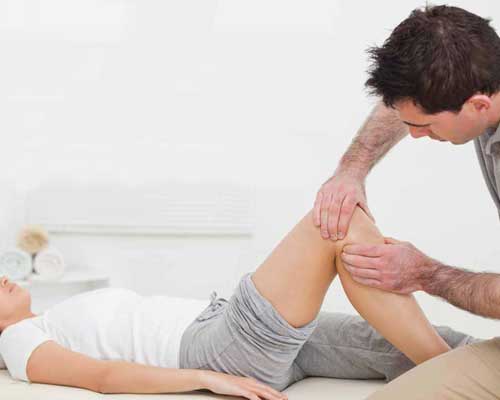
Symptoms & Severity of Knee Ligament Injuries?
A ligament is a short band of tough, flexible tissue, made up of lots of individual fibres, which connect the bones of the body together. Ligaments can be found connecting most of the bones in the body.
Ligaments link bones to other bones and provide support to joints. They allow a normal range of movement to occur within a joint, but prevent unwanted movement that would render the joint unstable. In order to fulfill these function ligaments must possess immense mechanical tensile strength. Ligaments are classified as dense connective tissue, and they consist of a protein substance called collagen. The organisation of collagen fibres gives the ligament its tensile strength.
Another function of ligaments is to provide proprioceptive input to the brain that allows a person to know what position the joints are in, without having to look. This helps to perform the complex coordinated activities needed for sport.
When ligament tissue is examined under the microscope (see diagram) it can be clearly observed that the collagen fibres are arranged in a longitudinal pattern to resist the stress that is placed upon the ligament. The arrangement of the collagen fibres means that a great deal of force is required to damage ligaments. In a collision sport like football this force is generated by opposition players or when a player catches his foot in the turf and his whole body weight goes over one joint. This force produces structural damage to the joint capsule and ligaments, which is known as a ligament sprain.
